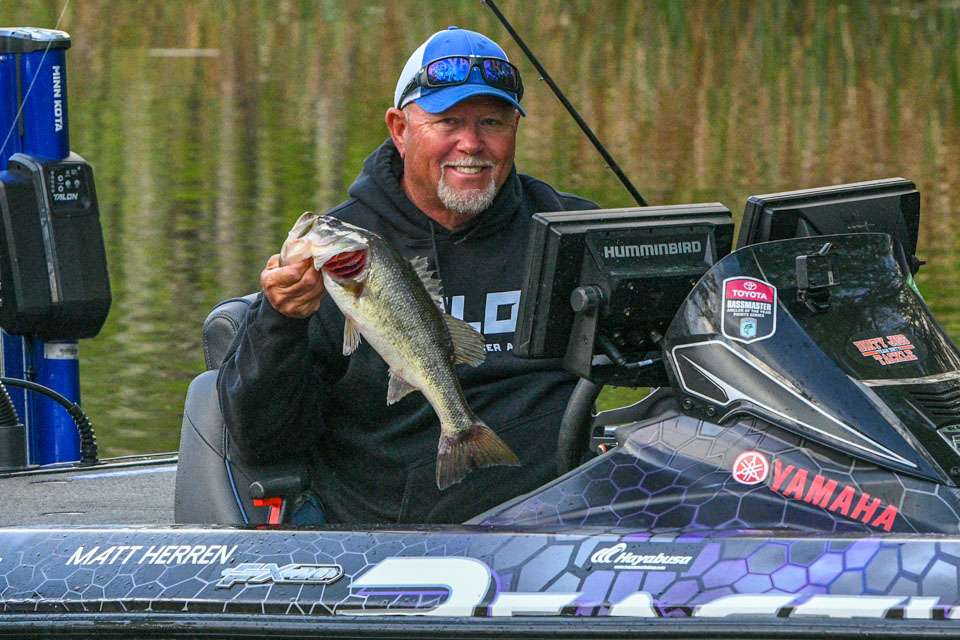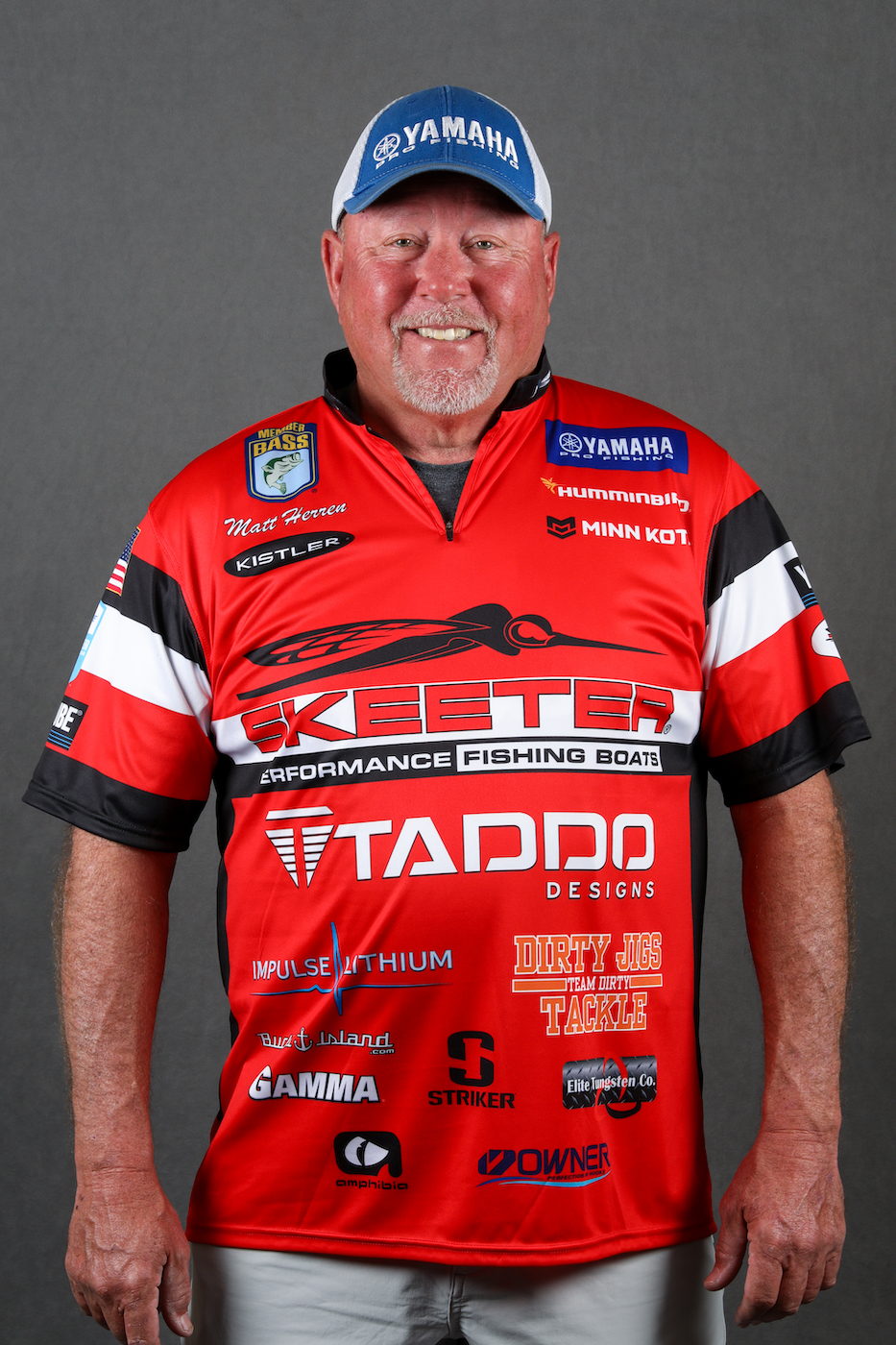
I’m sittin’ here thinking about fishing the Toyota Bassmaster Texas Fest at Lake Fork, and I realized, it’s about my favorite time of the year to fish.
Most of the people I talk to as I travel the Bassmaster Elite Series tell me that prespawn or fall fishing is their favorite, and of course I hear fishing around the spawn too. But, my favorite time of the year is right now. This is the time of the year when the circle of life kind of gets reversed, and those things that took their turns attacking the bass during their spawn become the targets again, and the bass are fixin’ to return the favor.
The best spawns of the year are starting to happen as we speak. Those would be the shad spawn, the crawdad spawn and the bluegill spawn. These happen one after the other almost immediately after the majority of bass finish spawning and begin their postspawn feed, and this is a great time of the year to catch ‘em big.
Shad spawn
The shad spawn happens first, and right about the time that the surface temperature reaches around 70 degrees and we get a full moon. When these things come together, the shad will look for vegetation edges, grass, docks and rocks to do their business of reproducing.
I look for them to spawn on different things, depending on the type of water I’m fishing. On grassy lakes, shad will spawn on the edges of vegetation, and will be so active, that they will cause the whole mat or emergent parts of the vegetation to shake. If it is a reservoir or a highland lake, I tend to look for floating docks with those black support floats under them. If there is algae on them, the shad will stick their eggs to them and the bass won’t be far behind.
The shad spawn all night, and once the sun comes up high, they will shut down. With that in mind, you will only have a couple of hours at most to capitalize on the deal, so you have to move fast. I look for birds diving around the cover I spoke of and throw a white Dirty Jigs swim jig with a matching Reaction Innovations Spicy Beaver or Skinny Dipper as a trailer; buzzbaits, spinnerbaits with blade sizes that match the size of the shad; or a shad colored PH Custom Lures 2.0 squarebill crankbait. These baits will help you take advantage of bass that are gorging themselves on shad.
Crawdads
As the shad spawn begins to taper off for the year, the crawdad start spawning. This typically happens when the water temperature reaches about 75 degrees and will happen over a couple of moon cycles. There can be times during the crawdad spawn that the bottom of the lake will almost look alive with all of the crawdads out looking for mates.
This is a great time to flip a jig like my Matt Herren Signature Series Flippin’ Jig from Dirty Jigs, with a Spicy Beaver or Sweet Beaver threaded on the hook as a trailer. I also like to flip a Boom Boom Tube on a 5/16 to a 1.5-ounce Elite Tungsten sinker and 4/0 Hayabusa FPP Hook.
For colors, I tend to start with green pumpkins unless I am very familiar with the crawdad colorations in the lake. Once I get a couple of bites and put a couple of fish in the livewell, I will go back and see if a fish has spit up a crawdad, or a claw, then I will match my jig colors to the pieces I find.
For starters, many lakes’ crawdads have green pumpkin/brown base colors with some blues and reds mixed in, so I will choose a Magic Craw/Red lure. On Lay Lake, when the crawdads start spawning, they turn a really dark black with red blotches; here I will turn to a Black Neon color. In the Louisiana Delta, I’ve seen the crawdads there turn a really bright blue, so I may flip a Sapphire Blue or some other bright blue color to mimic those.
Bream
Overlapping the crawdad spawn is the bluegill spawn. Here I like to look in the same types of areas that I do for spawning bass, and I look for large numbers of moon crater looking beds in one area. Bream tend to spawn really close together in large numbers, and the bass won’t be too far behind.
To catch these fish, I like to use a bluegill colored swim jig, a green pumpkin based Skinny Dipper and topwater baits like a PH Plopper, a double prop bait like the PH Squeaky P, and it’s hard to beat a good ‘ol popper too.
One thing I can tell you about fishing around bream beds is to pay attention to the color of their fins. If the colors are chartreuse, use a chartreuse dye and dip the ends of your soft baits. If they have a lot of orange on them, then match your colors to that, and you’ll get more bites because the bass are keyed into that shade.
Now, get out there and go catch you some, I know I will be.

